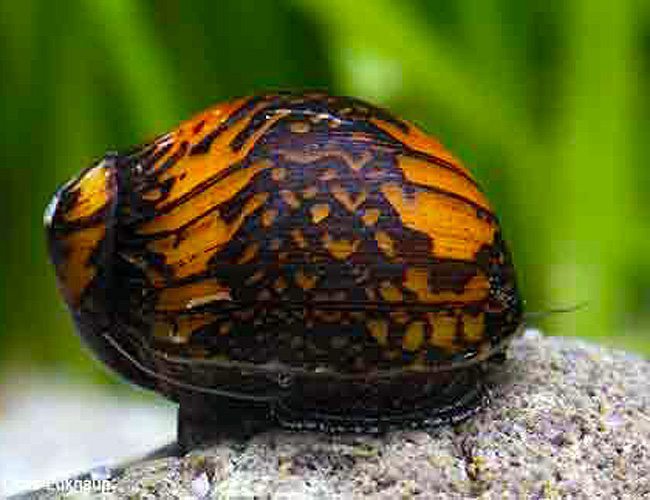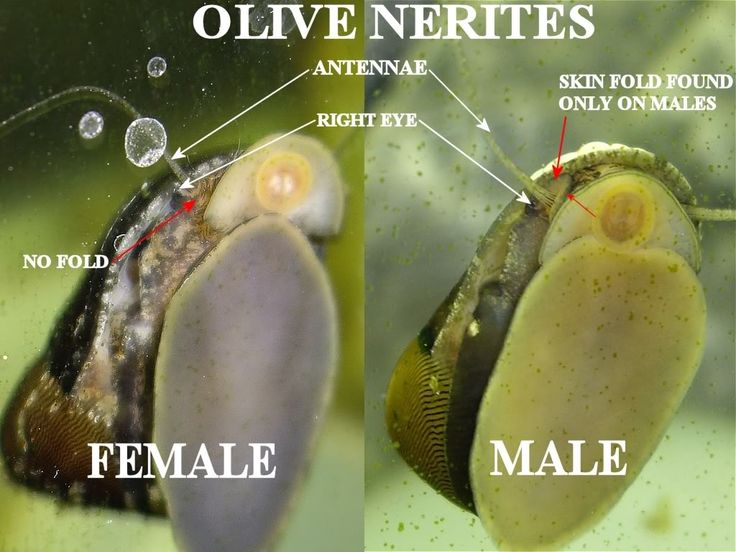Algae Eating Saltwater Snails
Algae eating saltwater snails are fascinating creatures that play an important role in maintaining a healthy and balanced marine ecosystem. These snails are known for their ability to consume algae, which can often lead to unsightly growth and negatively impact the health of corals and other marine life. In this article, we will explore the benefits of keeping algae eating saltwater snails in your aquarium, their different species, care requirements, and answer some frequently asked questions about these amazing creatures.
Benefits of Algae Eating Saltwater Snails
Adding algae eating saltwater snails to your aquarium can have numerous benefits. Here are some of the key advantages:
1. Natural Algae Control:
Algae can quickly overtake an aquarium, making it look unattractive and potentially harming other inhabitants. Algae eating snails are excellent natural cleaners and can help control excessive algae growth, keeping your tank clean and healthy.
2. Low Maintenance:
Unlike other algae control methods that may require constant monitoring and intervention, snails are relatively low maintenance. Once they are introduced to your tank, they will continuously graze on algae, reducing the need for manual cleaning.

3. Environmental Balance:
Excessive algae growth can disrupt the delicate balance of a marine ecosystem. By keeping algae eating snails, you are helping to restore this balance and create a more natural habitat for all the inhabitants of your aquarium.
Species of Algae Eating Saltwater Snails
There are several species of algae eating saltwater snails that are popular in the aquarium hobby. Each species has its unique characteristics and preferences. Here are a few notable ones:
1. Trochus Snails:
Trochus snails, also known as Turbo snails, are one of the most commonly favored and readily available species. They have a conical-shaped shell, which allows them to navigate easily through rockwork and substrate, grazing on algae as they go.
2. Mexican Turbo Snails:
Similar to Trochus snails, Mexican Turbo snails are excellent algae grazers. They have a large, heavy shell, which makes them less prone to tipping over and getting trapped in the sand. Mexican Turbo snails are known for their hardiness and ability to control hair algae effectively.
3. Astrea Snails:
Astrea snails are small but efficient algae eaters. They have a distinctive cone-shaped shell and are often utilized for algae control in smaller aquariums or tanks with less surface area for grazing.
Care Requirements for Algae Eating Saltwater Snails:
While algae eating snails are generally easy to care for, there are a few important considerations to ensure their optimal health:
1. Water Parameters:
Maintaining stable water parameters is crucial for the well-being of your snails. This includes monitoring temperature, salinity, pH levels, and ensuring appropriate water flow within the tank.
2. Proper Acclimation:
When introducing saltwater snails to your aquarium, it’s important to acclimate them slowly to prevent stress and potential shock. Gradually adjust the water parameters and temperature over a period of time to ensure a smooth transition.
3. Supplemental Feeding:
While snails primarily rely on algae as their main food source, providing some supplemental feeding can be beneficial. You can offer specialized marine algae wafers to ensure they are getting sufficient nutrients.
Frequently Asked Questions
1. Can algae eating saltwater snails harm corals?
No, algae eating saltwater snails do not harm corals. In fact, they help maintain a clean and healthy environment for corals by consuming excess algae that can compete for resources.
2. How many algae eating snails do I need for my aquarium?
The number of snails required depends on the size of your tank and the severity of the algae problem. As a general guideline, one snail per 2-3 gallons of water is a good starting point.
3. Will algae eating snails eat other forms of beneficial microorganisms?
While snails primarily consume algae, they may inadvertently consume some beneficial microorganisms such as microplankton and diatoms. However, their overall impact on these organisms is minimal and can be easily replenished through regular water changes and the introduction of new microorganisms.
Final Thoughts
Algae eating saltwater snails are not only captivating to observe but also serve a vital purpose in maintaining the health and balance of your aquarium. By introducing the right species and providing proper care, you can create a thriving ecosystem where these snails actively control algae growth and contribute to the overall beauty of your underwater world. So why not consider adding some algae eating snails to your saltwater tank and enjoy the benefits they bring?






